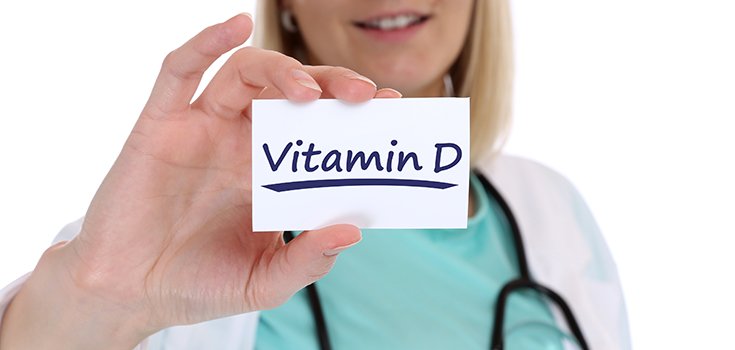How Vitamin D Could Improve Non-Alcoholic Fatty Liver Disease

Vitamin D, otherwise known as the “sunshine vitamin,” seems to be one of the most versatile nutrients out there, with study after study showing benefits in immune function, neurological health, and much more. Adding onto the evidence, another observational study found that vitamin D could also help individuals with non-alcoholic fatty liver disease (NAFLD).
This study included almost 11,000 men and women enrolled in the NHANES III study, which was conducted from 1988 to 1994. Follow-up mortality data was collected up to 2011. Just over 4,000 people had mild, moderate, or severe NAFLD as determined by ultrasound imaging, and nearly 5,000 of them had vitamin D deficiency.
Increasing levels of vitamin D was linked with decreasing levels of fatty liver disease severity. The level of liver fibrosis, a serious result of liver disease, was also lowest with the highest amounts of vitamin D levels.
Compared to participants with healthy vitamin D levels, people with a deficiency were 3.5 times more likely to die from diabetes, and 4.5 times more likely to die from Alzheimer’s disease. All-cause mortality rates were 16% higher. [1]
Other Nutritional Ways to Fend Off NAFLD
Besides vitamin D, there are other nutrients that could help people suffering from NAFLD.
In one study, researchers tested the effects of vitamin E and an insulin-sensitizing drug (pioglitazone) on NASH, the advanced middle stage of NAFLD. This is because fatty liver disease has both insulin resistance and oxidative stress as root causes. Patients taking both 400IU of vitamin E and the drug saw better results than those on vitamin E alone, because of the disease’s multifactorial nature.
Read: Curcumin’s Anti-Inflammatory Properties Prevent Liver Damage, Liver Cirrhosis
In a follow-up study, patients took either 800IU of vitamin E, the same insulin-sensitizing drug, or a placebo for almost 2 years. Both treatments were able to reduce inflammation, liver fat, and liver cell injury markers. However, only vitamin E could produce significant improvements in the appearance of liver tissue upon biopsy.
Why?
Vitamin E has multiple effects, as it can reduce inflammation, quench oxidative free radicals, and prevent cells from dying.
Omega-3 fatty acids may also protect people with NAFLD. These reduce inflammation, improve insulin sensitivity, and lower levels of triglycerides, tackling several root causes at once. Long-term human trials have shown that supplementation with omega-3 fats, at about 1,000 mg a day, can also both reduce blood markers of liver damage and improve the appearance of the liver on ultrasound exams.
You don’t have to despair if you have been diagnosed with fatty liver disease.
Additional Sources:
[1] Life Extension

I know now that my diabetes was caused in “hyperinsulimia” which resulted in fatty liver disease, which was caused by a lousy diet to high in sugar and starchy foods. The cure: eat better, help body to stop making new fat that ends up in the liver, pancreas, muscles and organs.